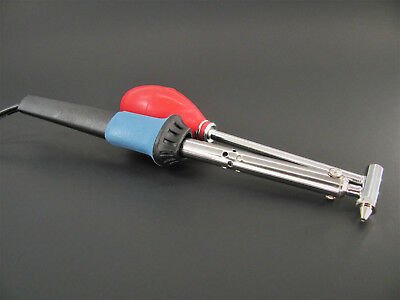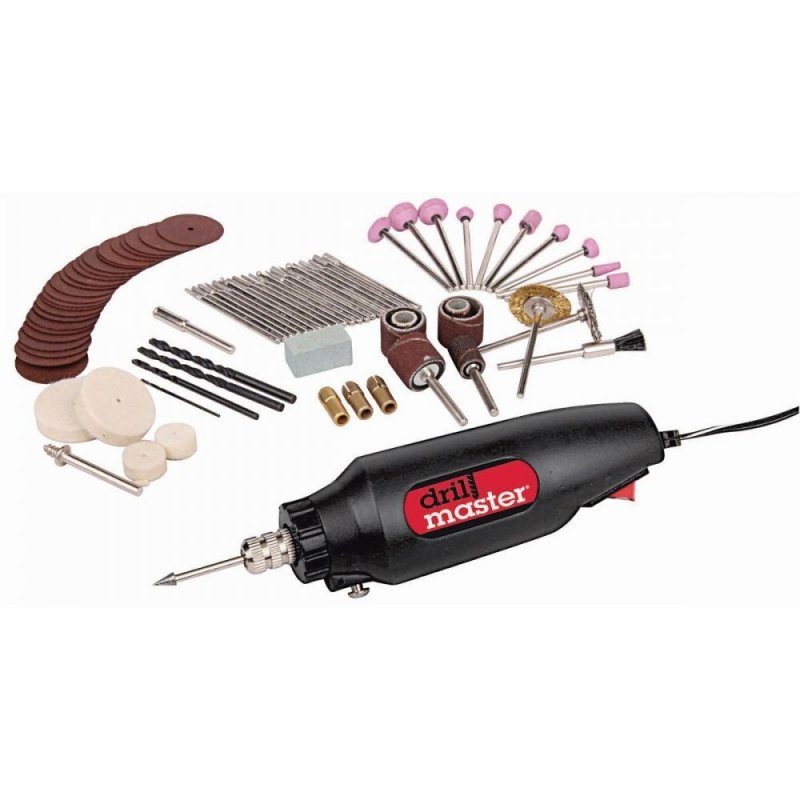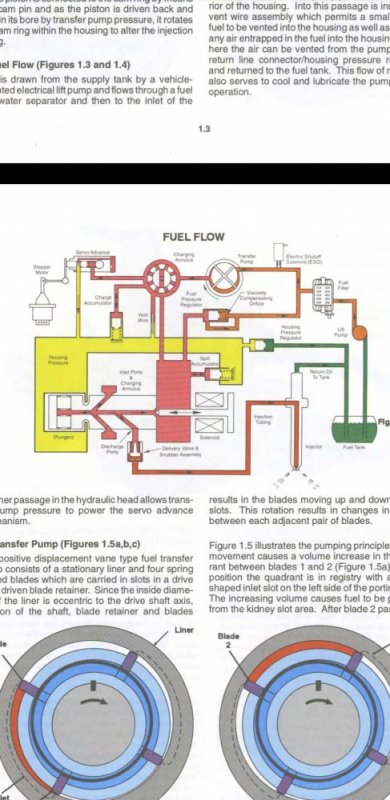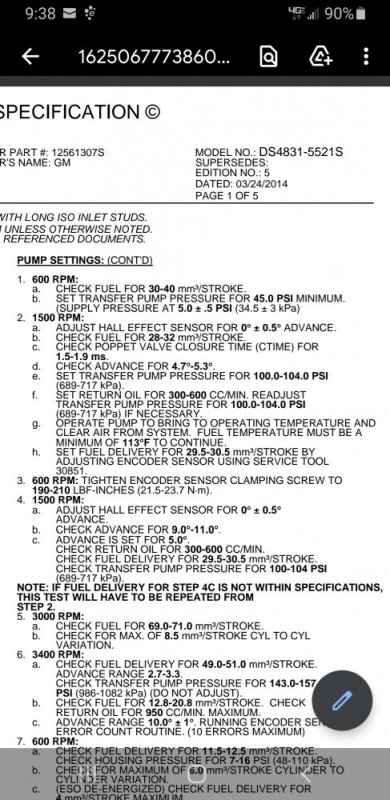royunion
Active Member
A quick tip. You might consider using Cooper or aluminum tubing and only rubber tubing to connect the lines at the device. It won't melt or get brittle like those gm small plastic tubing. You might need to hunt down the small copper tubing at a good hardware storeVery good info, Thank you. I reached out to a couple of the local vendors to see if they can get one, if not it's online shopping for me lol.
I also wanted to post an update to how things are going. so far I have noticed easier starting and haven't seen any more air in the clear return line. Ive also noticed that now it has positive pressure on the IP from the LP, it's easy to press the pedal and hold 1k rpm. not sure if that's just a coincidence, but it feels and drives a lot better.
back to mentioning about the wastegate system, I do need to replace the vacuum solenoid still because it doesn't cut back on boost and sets a code, but I haven't done that yet only because I don't really drive it hard enough to get into an over boost situation under normal circumstances. at least I have boost now where as before when I bought the truck, there were so many boost leaks and exhaust leaks I think when I first got the gauge installed, the most I saw was 5lb. Now everything is all sealed up
I think now that I have a LP that actually is working, I may go ahead and replace the boost solenoid and then run through a tank of fuel to see how my mileage is before I do any more tinkering like trying to adjust the TDC-offset closer to -1.25 to -1.54, not to mention remove the optical bump at the same time ( or should I? )
Wasre gate solenoids get moisture in them and seize with rust. The waste gate actuator normal position is open. I believe the waste gate solenoid if bad sticks in the normally open position and will not let vacuum pass to close the actuator which closes the waste gate. A bad Wasre gate solenoid should let no boost be produced if you have a stock system.
You say you have thrown codes which is usually the MAP sensor registering an over boost condition.
Mine had two problems - the plastic tubing laying on the engine itself had melted flat and leaked vacuum when the engine was cold and when it got hot, the melt conditions caused a seal and boost came back, and two as a result moisture got into the waste gate solenoid and made it operate sluggish or intermittent.
You need to verify you have good strong spec vacuum first.
Once running you should not be able to move the actuator link by hand - obviously do this on a cold first start immediately before it gets hot.
The waste gate solenoid is a $40 to $60 part and it makes sense to replace it because they can seize or the solenoid fail




